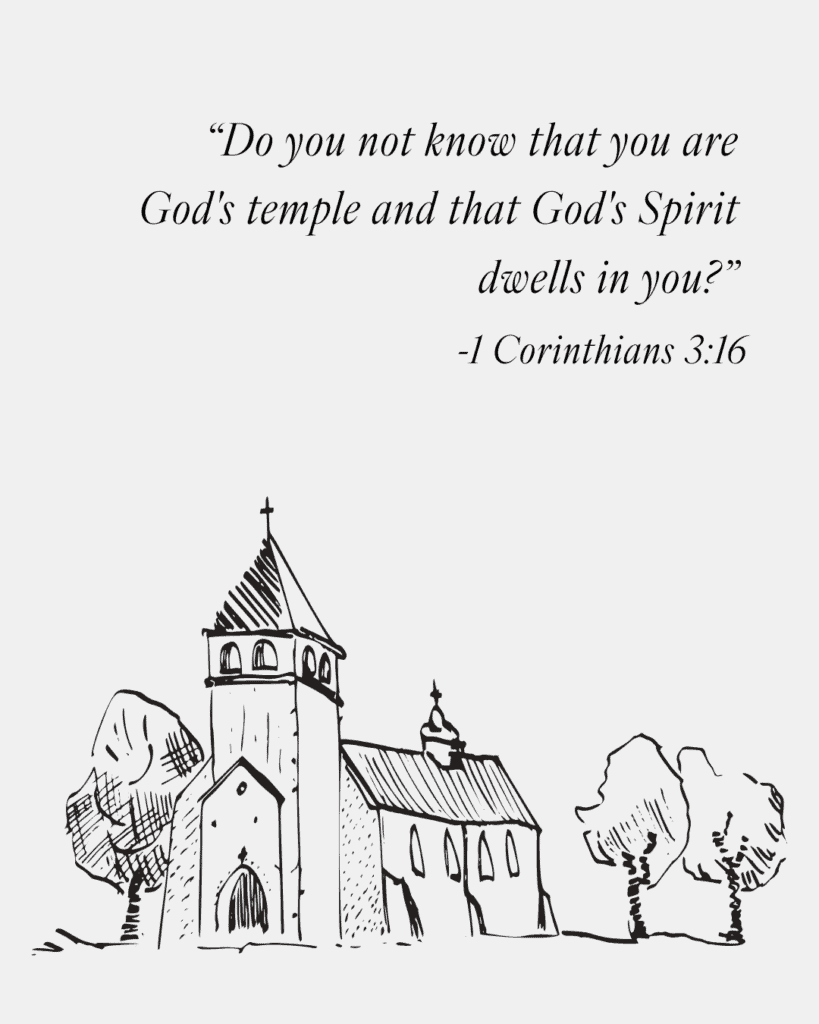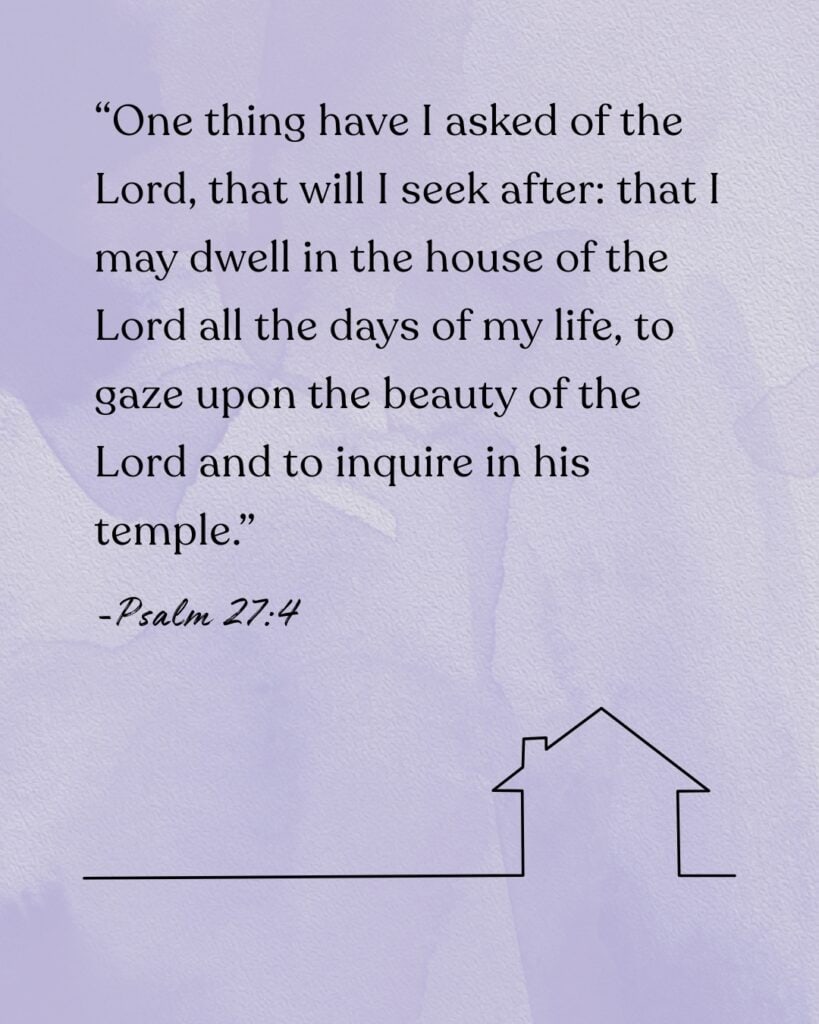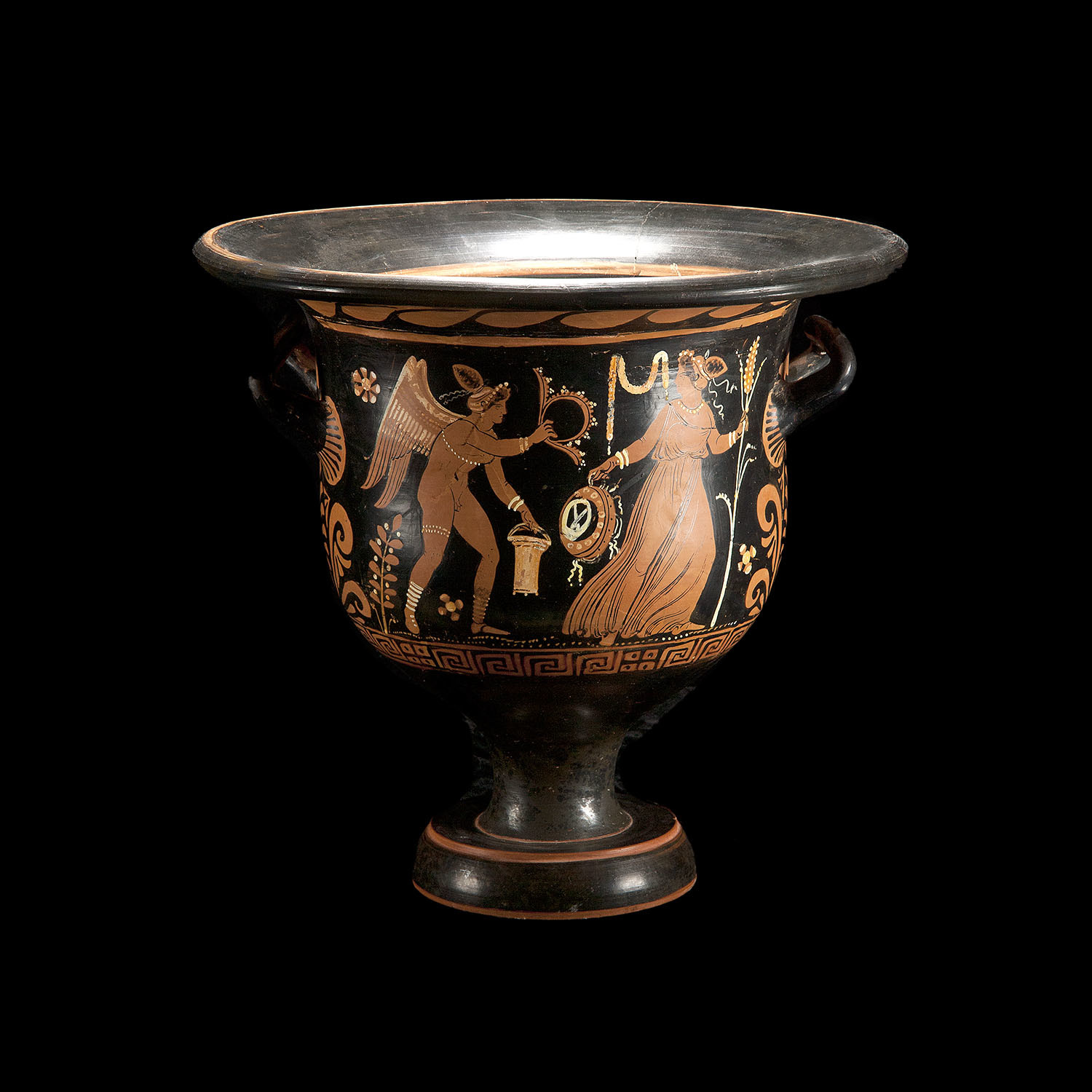- Dec 20, 2019
- 3,913
- 116
Every Christian leads a life built on two seemingly competing truths: earthly life is a precious gift from God, but death provides us the chance to spend eternity with Him. Life stands in the way of death, and death brings an end to life. What gives?
Many believers treat difficult questions like this the same way most people treat recommended computer restarts – remind me later! Besides, death is a bit of a bummer, isn’t it? It’s not a fun topic to ponder by oneself, and it sounds even scarier to discuss in a group.
But to continue with the computer-restart metaphor, we can’t procrastinate forever – the computer will eventually restart automatically. Similarly, we all will be confronted by the difficult questions that accompany death and dying, and indeed, we ourselves will die one day. So, it’s best to stare the issue in the face.
Let’s call to mind John 3:16: “For God so loved the world, that he gave his only Son, that whoever believes in him should not perish but have eternal life.”
Scripture is clear: death is not simply a release from the temporal depredations of a fallen world. No. Life is sacred because it is God’s: He created the heavens and the earth; He made us in his image and likeness; and Christ sanctified the lived human experience through His life, death, and resurrection. Each of us is a temple of the Holy Spirit, in Paul’s words, and as such we have a responsibility to take care of our health and that of others. Christ encourages us to live a life of virtue in harmony with God’s plan, and to help others do the same.

This innate recognition that the world as created by God is good contributes to the sense of loss we associate with death. Yet, this world is imperfect due to Adam and Eve’s first sin, and so we also experience suffering. Suffering adds to the toll of death, and even the toll of daily life. Christ calls us to find Him in the midst of our suffering: “If anyone would come after me, let him deny himself and take up his cross and follow me.” Through our suffering, we encounter Christ on the cross, who opened the gates to Heaven through His suffering and death.
With this Scriptural and moral foundation, how then should Christians address the finer points on what to do in the face of end-of-life situations?
3. We recognize that death is inevitable.
As we provide care for others, we must determine whether this care is “ordinary” or “extraordinary” given that patient’s specific situation. For example, nutrition and hydration are typically seen by Christians as “ordinary” care, something that should be provided in all cases; however, when an individual is unable to process nutrition, or cannot receive it without pain or intolerable suffering, it is morally licit to let death take its course. The same goes for more “aggressive” care like chemotherapy, radiation, dialysis, intubation, and major surgery – if it is a reasonable procedure for the patient, it ought to be pursued, but if it fails to offer reasonable hope or benefit, or is overly burdensome, patients can forego it in good conscience.

Advance directive – the optimal way for Christians to plan for end-of-life care. An advance directive combines health care agent designation and a “living will” where a patient voices in his or her own words the kind of care and medical treatment he or she would like at the end of life. An advance directive is filled out by the patient, not the medical provider. A good advance directive should be easy to understand and allow patients to indicate their preferences for more than just treatment – physical comfort, dignity, relationships, and spirituality. A good advance directive (like ) will even allow you to ask people to pray for you and include your favorite scripture verses or songs!
DNR (Do Not Resuscitate): a medical order that instructs emergency personnel not to resuscitate a patient in an emergency medical situation. These are typically acceptable for frail or terminally ill Christians who would likely suffer from lasting brain damage or musculoskeletal trauma from CPR or other life-support treatment.
POLST (Physician Order for Life-Sustaining Treatment): a medical order written by a physician, not a patient, that identifies what type of care a patient should receive at the end of life, particularly resuscitation and medical interventions. It can include a DNR.
MOLST (Medical Order for Life-Sustaining Treatment): same as above; terminology varies by state.
Additional Resources:
The post End of Life Planning | Christian Perspective appeared first on Focus on the Family.
Continue reading...
Many believers treat difficult questions like this the same way most people treat recommended computer restarts – remind me later! Besides, death is a bit of a bummer, isn’t it? It’s not a fun topic to ponder by oneself, and it sounds even scarier to discuss in a group.
But to continue with the computer-restart metaphor, we can’t procrastinate forever – the computer will eventually restart automatically. Similarly, we all will be confronted by the difficult questions that accompany death and dying, and indeed, we ourselves will die one day. So, it’s best to stare the issue in the face.
The Sacred Meaning of Death and the Call to End-of-Life Planning
Let’s call to mind John 3:16: “For God so loved the world, that he gave his only Son, that whoever believes in him should not perish but have eternal life.”
Scripture is clear: death is not simply a release from the temporal depredations of a fallen world. No. Life is sacred because it is God’s: He created the heavens and the earth; He made us in his image and likeness; and Christ sanctified the lived human experience through His life, death, and resurrection. Each of us is a temple of the Holy Spirit, in Paul’s words, and as such we have a responsibility to take care of our health and that of others. Christ encourages us to live a life of virtue in harmony with God’s plan, and to help others do the same.

This innate recognition that the world as created by God is good contributes to the sense of loss we associate with death. Yet, this world is imperfect due to Adam and Eve’s first sin, and so we also experience suffering. Suffering adds to the toll of death, and even the toll of daily life. Christ calls us to find Him in the midst of our suffering: “If anyone would come after me, let him deny himself and take up his cross and follow me.” Through our suffering, we encounter Christ on the cross, who opened the gates to Heaven through His suffering and death.
Christian Guidelines for End of Life Planning
With this Scriptural and moral foundation, how then should Christians address the finer points on what to do in the face of end-of-life situations?
- First, we cherish life. This means that as Christians, we oppose physician-assisted suicide and euthanasia, two false solutions to the real problem of human suffering. We also oppose conscious decisions to hasten death by refusing to eat or drink. These practices promote suicide and killing as appropriate “releases” from pain. For secular arguments on why these practices are wrong, visit
- We promote pain management and patient-first care. Christ is clear that we must care for the sick, hungry, and thirsty. Provided the intent of pain management is to alleviate suffering and not actively cause or hasten death, it is acceptable at any stage. For example, a dying person can use morphine to relieve pain, even if a side effect of morphine is the slowing of the heart. God knows our inmost desires.
3. We recognize that death is inevitable.
As we provide care for others, we must determine whether this care is “ordinary” or “extraordinary” given that patient’s specific situation. For example, nutrition and hydration are typically seen by Christians as “ordinary” care, something that should be provided in all cases; however, when an individual is unable to process nutrition, or cannot receive it without pain or intolerable suffering, it is morally licit to let death take its course. The same goes for more “aggressive” care like chemotherapy, radiation, dialysis, intubation, and major surgery – if it is a reasonable procedure for the patient, it ought to be pursued, but if it fails to offer reasonable hope or benefit, or is overly burdensome, patients can forego it in good conscience.

4. We recognize that patients have a right to self-determination. Questions of aggressive treatment, ordinary and extraordinary care, pain management, and much more are not simple black-and-white issues; they require thoughtful discernment and vary from person to person. As such, decisions about what care a person ought to receive should be made by that person, or by his or her health care agent, not by bureaucratic institutions or artificial intelligence. Guided by faith and reason, Christians can approach these questions with confidence.
5. We model communal involvement. Christ calls us to care not just for suffering strangers, but for our own families. The fourth commandment establishes the filial duties children hold to their parents, and this model extends to other family members and close acquaintances. Patients should ensure at least one other person knows their wishes so they communicate them to healthcare providers in the event a patient can’t speak for himself or herself.
6. We affirm innate human dignity, not “quality of life” metrics. We have worth because we are made in God’s image and likeness, not because we have autonomy, make decisions for ourselves, or have special talents, etc. Disabilities and vicious diseases like Alzheimer’s and ALS don’t change that; neither does a coma or so-called vegetative state.
Common End of Life Phrases and Definitions
- Below are some documents and processes common at the end of life, accompanied by definitions.
Advance directive – the optimal way for Christians to plan for end-of-life care. An advance directive combines health care agent designation and a “living will” where a patient voices in his or her own words the kind of care and medical treatment he or she would like at the end of life. An advance directive is filled out by the patient, not the medical provider. A good advance directive should be easy to understand and allow patients to indicate their preferences for more than just treatment – physical comfort, dignity, relationships, and spirituality. A good advance directive (like ) will even allow you to ask people to pray for you and include your favorite scripture verses or songs!
DNR (Do Not Resuscitate): a medical order that instructs emergency personnel not to resuscitate a patient in an emergency medical situation. These are typically acceptable for frail or terminally ill Christians who would likely suffer from lasting brain damage or musculoskeletal trauma from CPR or other life-support treatment.
POLST (Physician Order for Life-Sustaining Treatment): a medical order written by a physician, not a patient, that identifies what type of care a patient should receive at the end of life, particularly resuscitation and medical interventions. It can include a DNR.
MOLST (Medical Order for Life-Sustaining Treatment): same as above; terminology varies by state.
Additional Resources:
- Bible Verses About Death and End of Life
- “Death and the Life After” by Billy Graham
- End-of-Life Signs
- Taking Control of End-of-Life Care
- Hospice and Palliative Care: Ministry to the Dying
The post End of Life Planning | Christian Perspective appeared first on Focus on the Family.
Continue reading...




